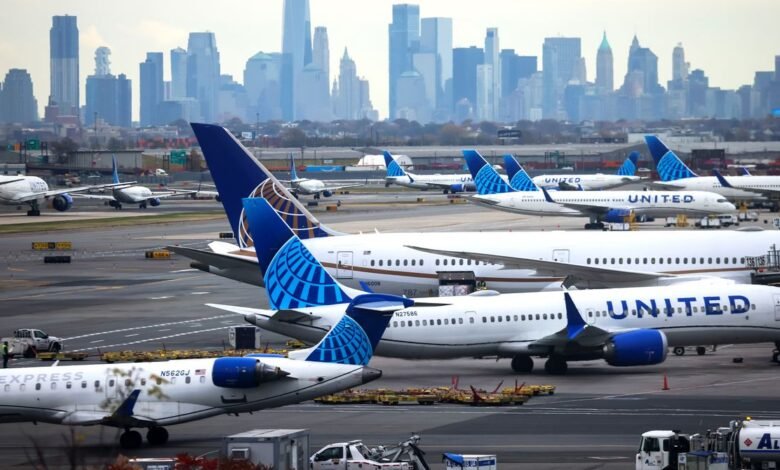FAA Flight Reduction Plan May Not Be as Bad as Feared

▼ Summary
– The FAA plans to cut 10% of flights at 40 high-traffic airports on Friday if the government shutdown continues, due to air traffic controller and TSA agent shortages.
– This reduction could result in 4,000 to 5,000 canceled flights daily, potentially causing significant logistical issues for airlines and travelers.
– The flight cuts are data-driven, targeting areas with the most operational pressure to ensure safety and alleviate strain on the system.
– Airlines may respond by up-gauging, using larger aircraft on remaining flights to maintain passenger capacity despite fewer departures.
– Implementing these cuts could restore predictability for airlines, allowing them to better prepare and manage schedules amid the shutdown’s uncertainties.
The Federal Aviation Administration (FAA) is preparing to reduce flights by 10% at 40 of the nation’s busiest airports if the ongoing government shutdown continues into Friday. Transportation Secretary Sean Duffy and FAA chief Bryan Bedford confirmed the plan Wednesday, citing mounting pressure from widespread air traffic controller shortages and lengthy security checkpoint delays. Federal employees, including essential aviation personnel, have now gone 35 days without pay during the longest government closure in U.S. history.
Duffy emphasized that the decision on which flights to cancel is strictly data-driven. “This is based on, where is the pressure and how do we alleviate the pressure?” he explained. He assured the public that safety remains the top priority, stating, “When passengers fly, they are going to make it to their destinations safely, because we’ve done our work.”
It remains uncertain whether the reductions will apply only to commercial airlines or extend to cargo and private flights. A 10% cut in scheduled commercial operations across 40 airports could result in roughly 4,000 to 5,000 cancellations daily. The FAA has not yet responded to media inquiries for additional details.
For airlines and travelers, sudden flight cuts could create significant logistical challenges. Earlier this week, Duffy warned of potential “mass chaos” in air travel if the shutdown persists. However, aviation experts point out that airlines have dealt with similar disruptions before. Michael McCormick, a former FAA official now leading the Air Traffic Management program at Embry-Riddle Aeronautical University, noted that carriers have experience adapting to abrupt capacity reductions.
During a spring 2023 episode of air traffic controller shortages, the FAA permitted airlines to scale back operations at New York–area airports without the usual penalty of losing takeoff and landing slots. In response, airlines quickly “up-gauged”, substituting smaller aircraft with larger planes to maintain overall passenger capacity despite fewer flights. McCormick suggests that if the FAA proceeds with Friday’s plan, carriers will likely employ a similar strategy.
While cancellations and passenger reassignments are inevitable, this approach could allow many people to still reach their destinations. McCormick added that the FAA’s announcement actually provides airlines with much-needed predictability. “Under the current state, it’s unpredictable which airports are going to be impacted tomorrow,” he observed. “This restores some predictability.”
(Source: Wired)
